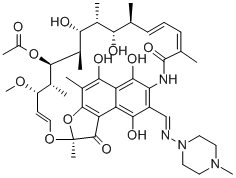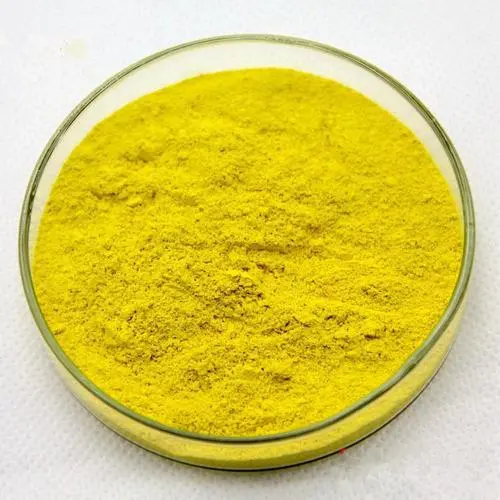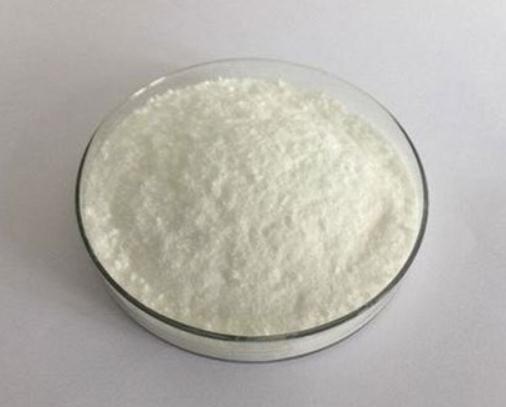Side effects of Rifampicin
Rifampicin is a most valuable drug for the treatment of tuberculosis, leprosy, other mycobacterial infections, and an expanding range of other bacterial infections.
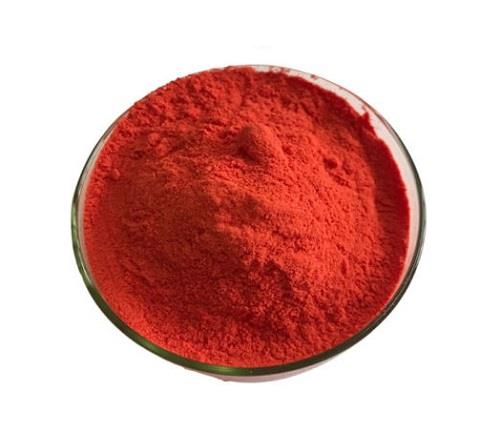
Uses
Rifampicin is a first-line agent for treatment of all forms of tuberculosis caused by organisms with known or presumed susceptibility to the drug. It has demonstrated early bactericidal activity, and also against semi-dormant bacterial populations, thus accounting for its sterilizing activity. Rifampicin is an essential component of all short-course regimens, and the treatment of isoniazid-resistant tuberculosis. If rifampicin is unable to be used, prolonged courses are required: W9 months for rifampicin mono-resistance andW18 months for resistance to rifampicin plus isoniazid.
Mechanism
Rifampicin and other rifamycins inhibit the b-subunit of DNA-dependent RNA polymerase, which is highly conserved among prokaryotic organisms. Crystal structure analysis of the rifampicin–RNA polymerase complex has shown that rifampicin binds deep within the main DNA/RNA channel of the polymerase, where it sterically blocks the elongating RNA transcript when it reaches a length of two or three nucleotides, leading to abortive transcription.
Rifampicin has a specific action of inhibiting bacterial RNA polymerase, the enzyme responsible for DNA transcription, by forming a stable drug–enzyme complex. Hartmann et al. , in studies using E. coli, first showed that rifampicin inhibits bacterial RNA synthesis by binding to DNA-dependent RNA polymerase. Its mechanism of action on mycobacteria is similar, and rifampicinresistant strains may possess an altered DNA-dependent RNA polymerase.
Studies by Yamada et al. (1985) indicate that this was the case with a rifampicin-resistant strain of M. tuberculosis. Mammalian cells also contain RNA polymerase, but rifampicin is selectively toxic to bacteria, because the mammalian cell enzyme is much less sensitive to the drug than its bacterial counterpart. The polymerase in mammalian mitochondria is sensitive to rifampicin, but is probably unaffected by the drug in vivo because it appears that intact mitochondria are impermeable to rifampicin.
The RNA polymerase of Gram-negative and Gram-positive bacteria are similarly sensitive to rifampicin, but the MICs for Gram-negative bacteria are higher because of reduced penetration of rifampicin through their outer cell membrane. The reason for antagonism between rifampicin and antibiotics which act on growing bacteria, may be because rifampicin stops bacterial growth. Rifampicin also inhibits fungal RNA synthesis, provided the drug is used with amphotericin B, which acts on the fungal plasma membrane, thereby increasing cell permeability to rifampicin. The antifungal action of rifampicin may not be due to inhibition of fungal RNA polymerase but may be due to inhibition of ribosomal RNA.
Side effects
In general, rifampicin is a well-tolerated drug. Some adverse reactions can occur with either daily or intermittent therapy, whereas others usually only occur when the drug is given intermittently. Serious reactions are uncommon if the recommended dosage schedules for daily and intermittent therapy are followed. Cook et al.reported only 68 (1.9%) of 3520 patients treated for tuberculosis discontinued rifampicin; of these, 57% had rifampicin discontinued unnecessarily. Adverse reactions to rifampicin, particularly rash and hepatotoxicity, are more common when tuberculosis is treated in patients with HIV infection. Adverse reactions associated with rifampicin have been separated into two groups: reactions that can arise during daily therapy (e.g. cutaneous reactions, gastrointestinal symptoms, hepatic injury, and minor hematologic abnormalities) and reactions that mainly occur with highly intermittent administration (less frequently than twice per week) or on reintroduction of rifampicin after a long drug-free period (e.g. influenza-like syndrome, hemolytic anemia, thrombotic thrombocytopenic purpura, acute renal failure, and shock).
Severe reactions thought to be immune mediated are rare, each occurring in less than 0.1% of patients. Although the classification is not absolute, it can be useful in understanding the pathophysiology underlying particular reactions. The adverse events associated with intermittent administration are often because of the development of rifampicin-dependent antibodies that result in complement-mediated cell damage.
Related articles And Qustion
Lastest Price from Rifampicin manufacturers
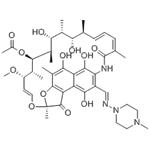
US $0.00/kg2025-11-19
- CAS:
- 13292-46-1
- Min. Order:
- 1kg
- Purity:
- 98%
- Supply Ability:
- Customise
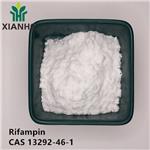
US $0.00/kg2025-04-25
- CAS:
- 13292-46-1
- Min. Order:
- 1kg
- Purity:
- 0.99
- Supply Ability:
- 1000kg
